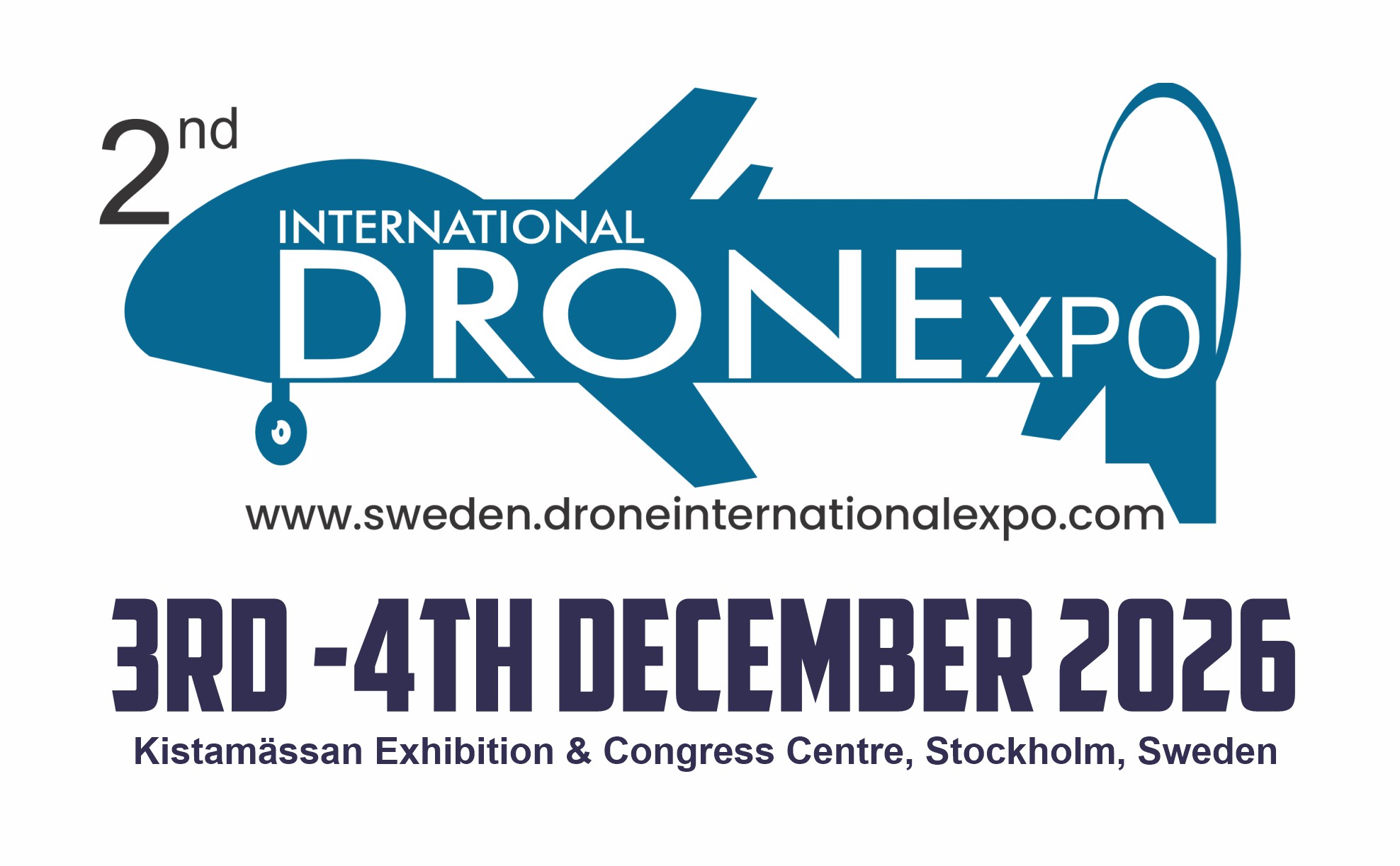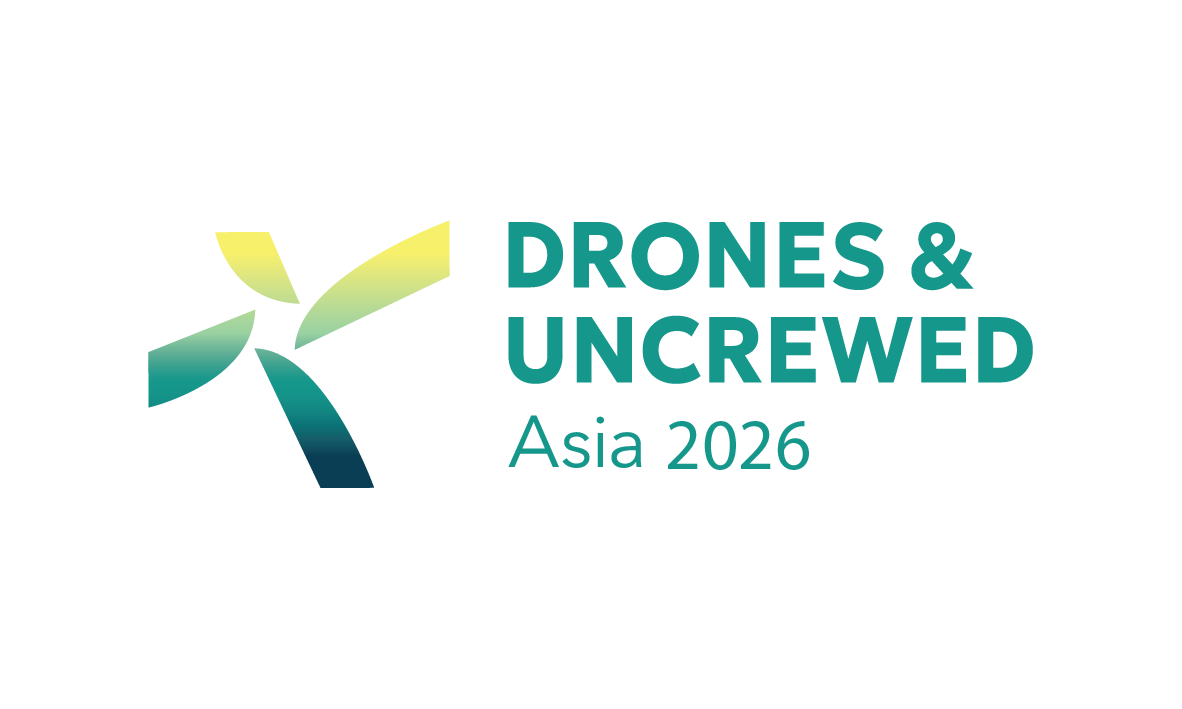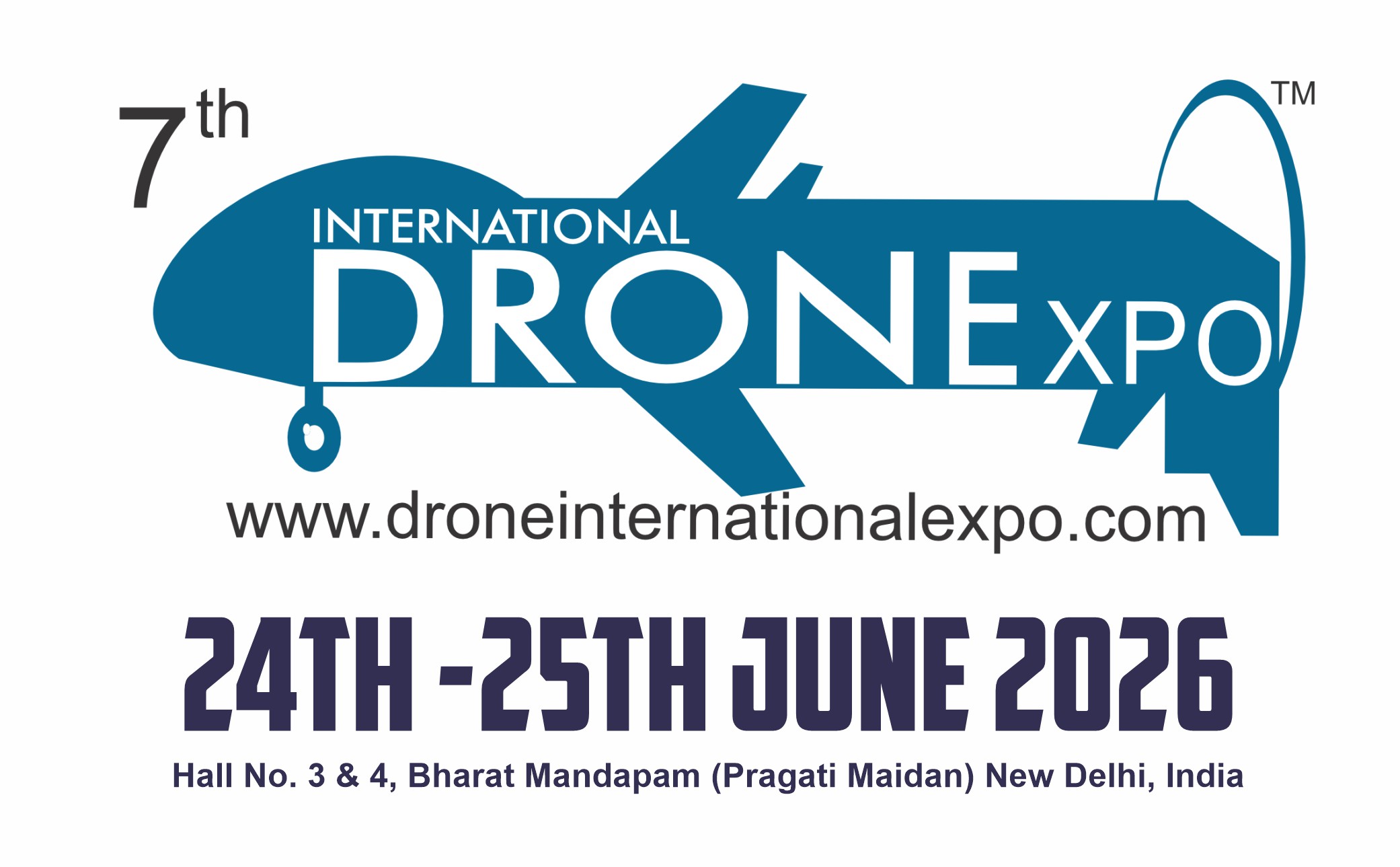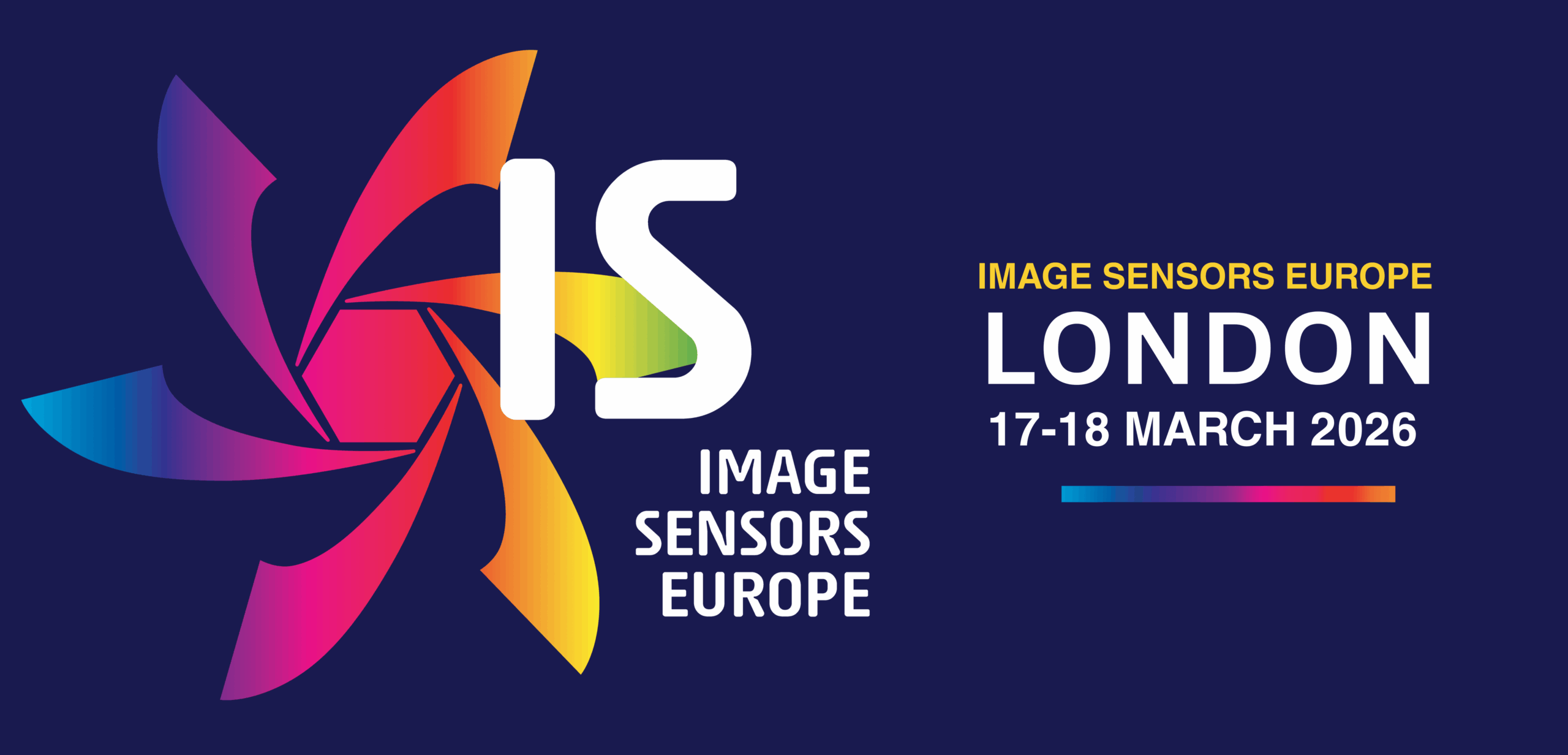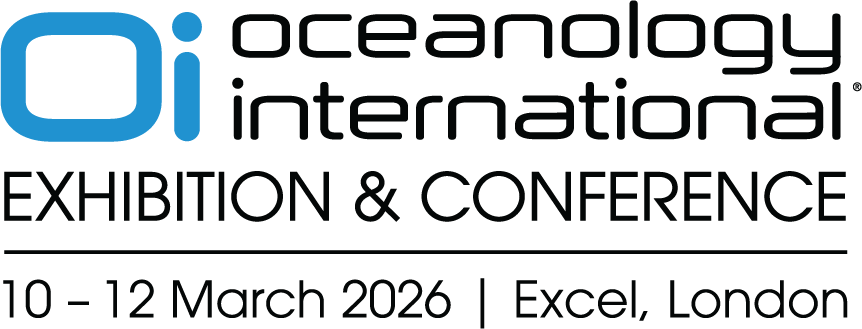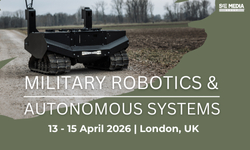Uncrewed creativity?
Uncrewed vehicles have reached a curious frontier in their evolution, one in which autonomy begins to resemble something startlingly close to creativity. As AI continues to reshape their capabilities, it is natural to consider whether autonomous UAVs are capable of creative behaviour in flight, writes Peter Donaldson.
At first glance, the idea seems fanciful because they are machines designed to follow rules and execute commands with precision. Creativity, by contrast, is associated with humans and can be spontaneous, generative and often intuitive. But as AI-enabled vehicles are increasingly deployed in unstructured environments, in which conditions change rapidly and decision-making must be dynamic, the lines between reactive logic and creative problem-solving are beginning to blur.
Consider search-and-rescue missions in disaster zones. While pre-programmed missions for UAVs remain useful for mapping an operational area, they have severe limitations in more complex scenarios faced by airborne, ground-based and waterborne robots. AI-driven vehicles must interpret sensor inputs, identify unexpected obstacles and devise new routes in real time. Some systems now use reinforcement learning to adapt to unknown terrain or move through collapsed structures by synthesising paths using incomplete data. Here, they are not merely reacting but generating novel solutions to unfamiliar problems.
Aerial cinematography offers another glimpse into AI-enabled ‘creativity’. Startups are using machine learning algorithms to train UAVs to frame aesthetically pleasing shots based on real-time object recognition and environmental context. The machine selects the angles, adjusts the speed and altitude, and even improvises camera movements previously the sole domain of human operators. Is that not, in some sense, artistic judgement?
While we are not talking about consciousness or intention, it’s increasingly difficult to deny that some AI-enabled drones are exhibiting behaviours that resemble aspects of creative thought: improvisation, anticipation and the ability to reconfigure goals when circumstances demand.
Engineering such systems is no small feat, and engineers must specify the boundaries of acceptable risk. For example, defining the freedom given to a drone to deviate from a mission plan in pursuit of a better outcome.
The implications for UAV developers and operators are significant. First, there’s growing demand for hardware that can support onboard high-throughput AI computation using lightweight GPUs and efficient processors that won’t compromise flight time. Second, new testing frameworks are needed. If uncrewed vehicles are learning and adapting in the field, we need ways to audit their decision-making, ensure accountability and avoid unintended behaviours.
From an operational perspective, UAVs capable of ‘creative’ flight could revolutionise applications such as crop monitoring, infrastructure inspection and security patrols – anywhere dynamic environments demand more than rote responses.
But as technology moves in this direction, the issue of the level of autonomy acceptable in public airspace becomes increasingly urgent. How do we build trust in machines that might make decisions we didn’t anticipate?
When drones begin to dream – not literally, but functionally – we enter a new era. The challenge for developers is not just to push the boundaries of autonomy, but to allow evolution in a way that is understandable, controllable and perhaps even a little inspired.
UPCOMING EVENTS


